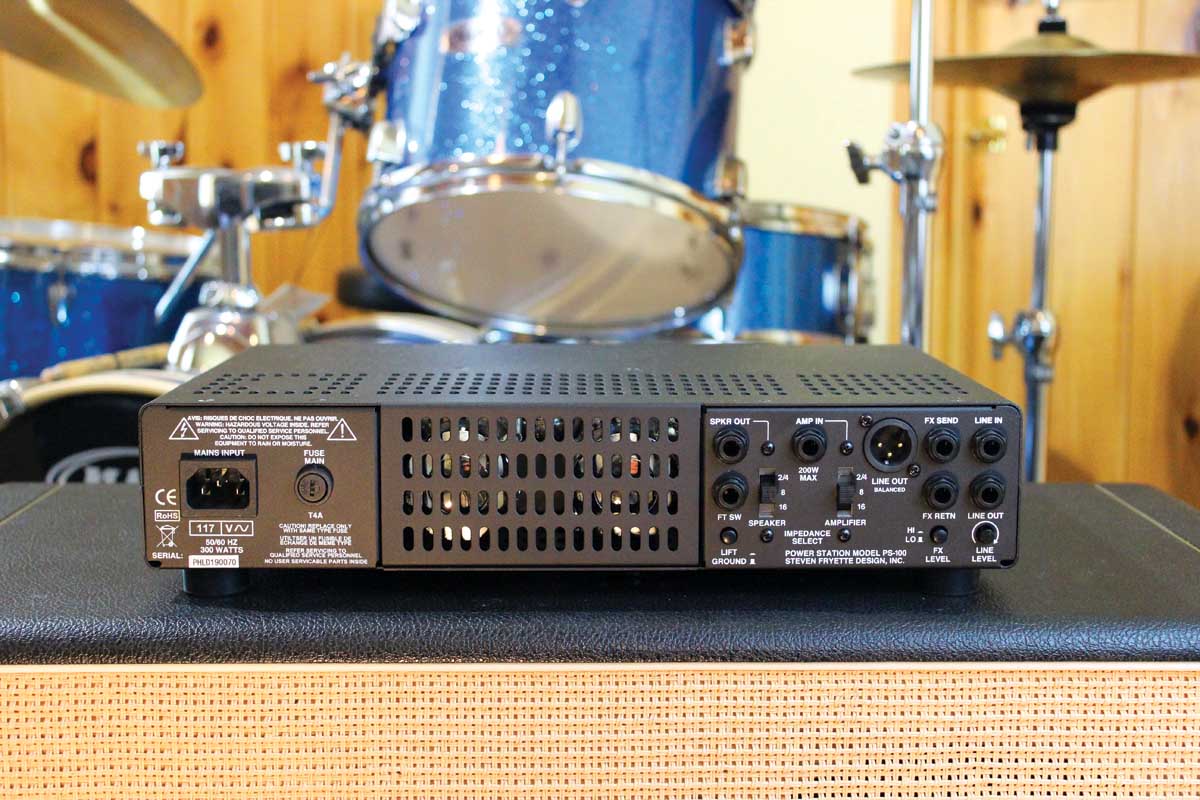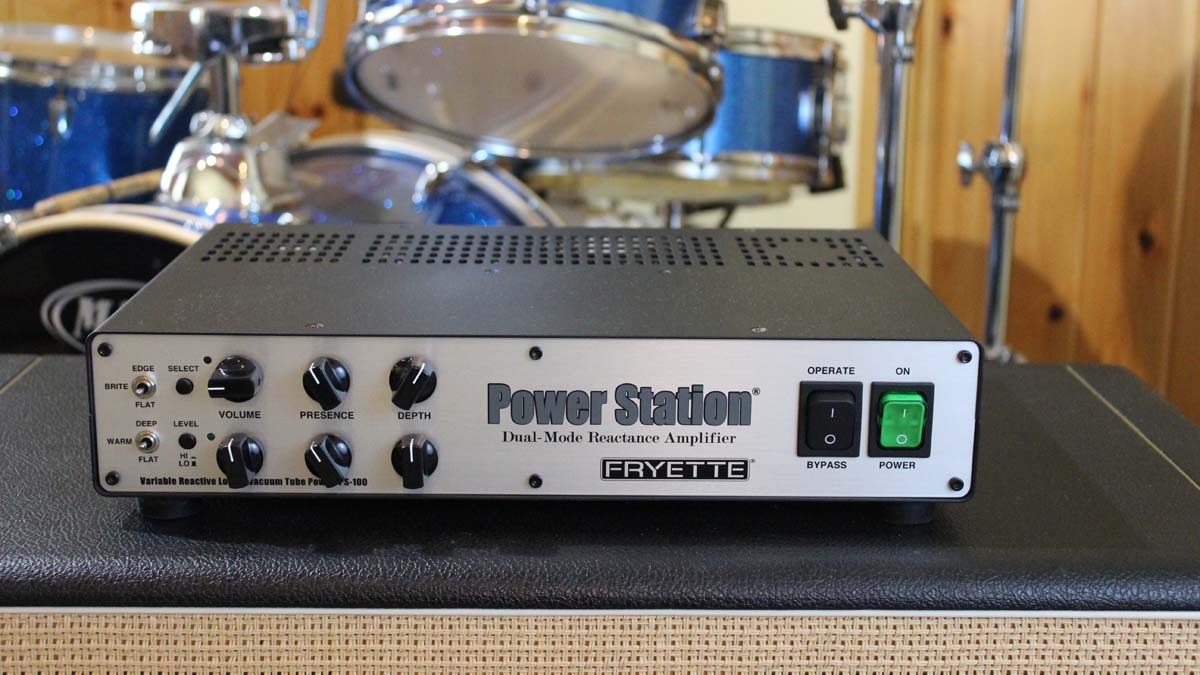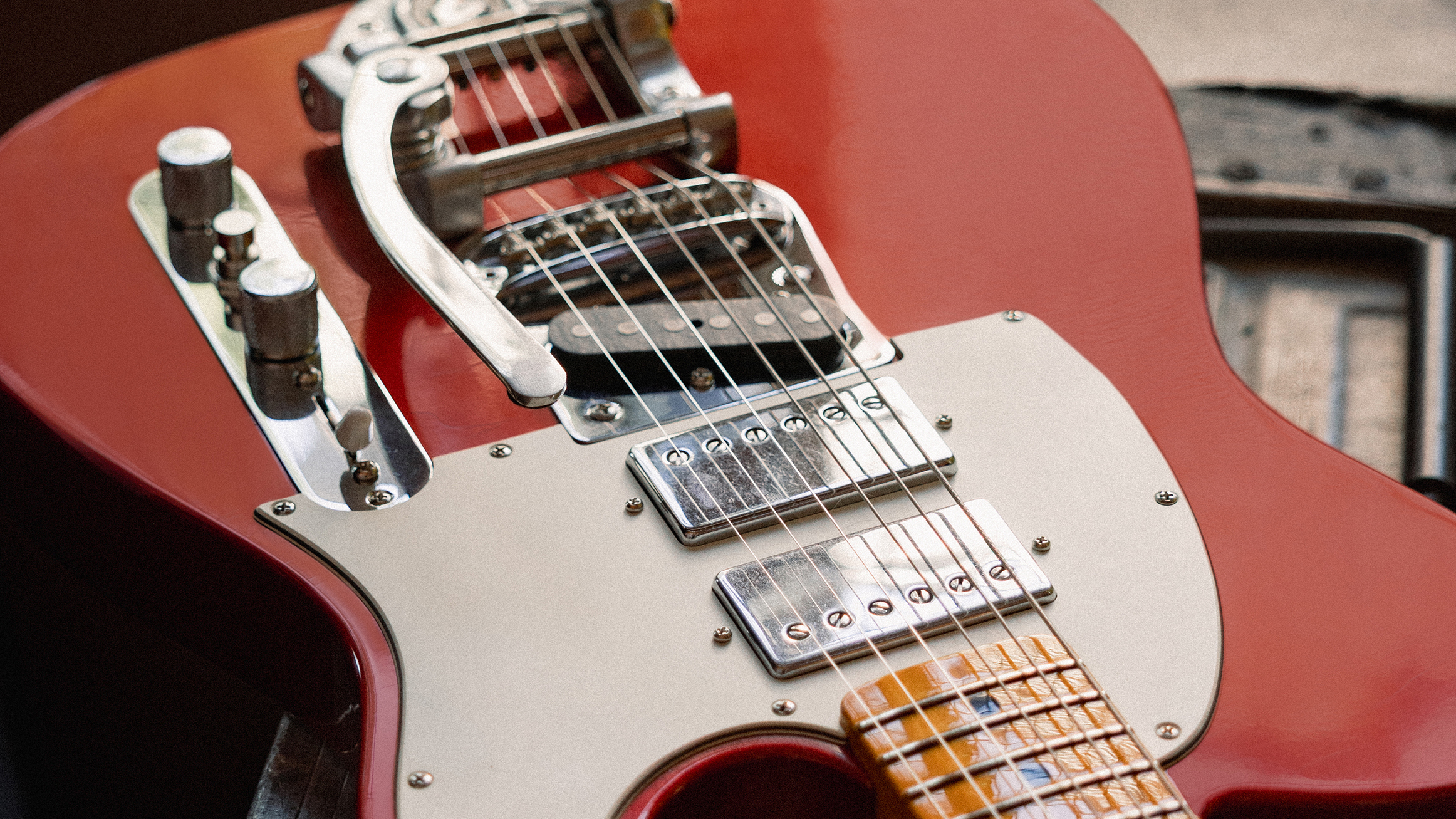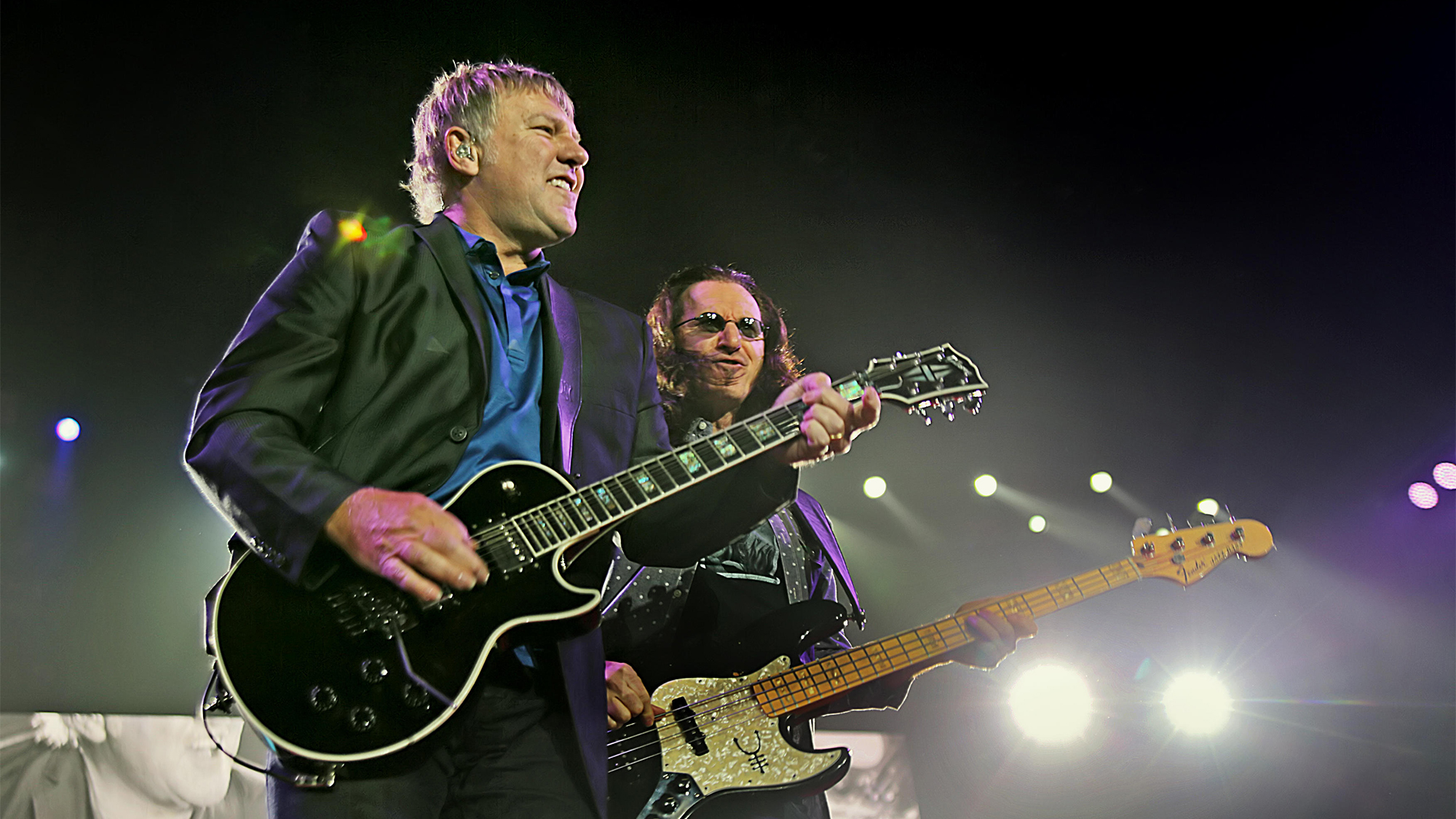GuitarPlayer Verdict
Integrated reactance amplifier? Ingenious reactance amplifier is what it is – a high-end, bells-and-whistles solution for getting the best out of your old tube amps when otherwise they'd be too loud.
Pros
- +
Well designed and ruggedly built.
- +
Superbly transparent attenuation as well as powerful volume boost when needed.
- +
Thoughtful bonus features.
Cons
- -
None, though it’s probably overkill for players who just need lower-powered passive attenuation.
You can trust Guitar Player.
Fryette’s first iteration of the Power Station, which debuted in late 2014, was both a revelation and a virtual revolution among guitarists seeking to achieve cranked-up tones from powerful amps at the lower volumes that venues and studios have been demanding these past couple of decades.
The thing is, while the Power Station performs attenuation duties extremely well, it isn’t built as a traditional power attenuator at all, and will do so much more than that once its full capabilities are understood.
The first I’d heard of the promised 100-watt unit’s availability was in a conversation with amp maker Dave Friedman. He had added one to a custom rig he was making for Jimmy Kimmel Live! guitarist Toshi Yanagi, the results of which prompted Friedman to text designer Steve Fryette the message, “Goddamn you for making an even better product!” Then the pandemic gripped U.S. manufacturing, and Fryette’s production ground to a halt.
Fryette describes the PS-100 as an 'integrated reactance amplifier.' Simply put, it’s a tube-driven power amplifier fed by a built-in reactive load
With manufacturing currently back up to speed, the newly released PS-100 delivers on the promise of adding a boatload more power and features to its predecessor. Yes, this unit doubles the output power with 100 watts from two 6550 tubes versus the 50 watts from the original (and still available) PS-2’s dual 6L6GCs, but that’s just a small part of the story.
“But hold on,” you say. “What do you mean output power? Isn’t this supposed to cut your amp’s output?” Well, yes, and very much no, depending on how you slice it.
This is where we need to backtrack a little. Fryette describes the PS-100 as an “integrated reactance amplifier.” Simply put, it’s a tube-driven power amplifier fed by a built-in reactive load capable of handling two-, four- and 16-ohm inputs of up to 200 watts and eight-ohm inputs of up to 150 watts.
Connect your favorite otherwise-too-loud guitar amp’s speaker output to the Fryette’s input and use the PS-100’s volume control to reduce it to your required level, right down to a whisper.
Used the other way, though, you can connect a smaller amp that floats your boat tone-wise but isn’t able to cut it on larger stages – say, a tweed Champ or Vox AC4 – and turn the PS-100’s volume up past the unity point to give the little beastie a full 100 watts of power into your speaker cab of choice.
Connect your favorite otherwise-too-loud guitar amp’s speaker output to the Fryette’s input and use the PS-100’s volume control to reduce it to your required level, right down to a whisper
In addition, the PS-100 has an effects loop with a send and return (plus hi/lo level switch), and there are line inputs and outputs, so you can connect a preamp pedal direct, for example, or use it to power your Fractal Axe-FX or Line 6 Helix into a speaker cab.
In addition to these basic functions, which it shares with its predecessor, the PS-100 includes two full sets of volume, presence, and depth controls, which you can foot-switch between to achieve an instant solo boost, for example.
The latter two of those knobs, along with three-way Brite and Warm toggle switches, helps to achieve a more natural-sounding performance at reduced volume levels.
There is also an input level switch to optimize the volume controls’ performance for big amps, small amps, and line-level inputs; two-/four-, eight-, and 16-ohm switches on the amp input and speaker output; a foot-switch jack; a balanced XLR line out in addition to the 1/4-inch; and a line-level control.
All that, and it’s packed into an extremely portable box measuring 14 by 9 by 2.65 inches (excluding feet) and weighing 16 pounds.

I tested the PS-100 in several ways, including with a Friedman Small Box 50-watt head connected for volume reduction into a 2x12 extension cab with Scumback speakers; with a tweed Champ-style combo connected to increase its volume into the same cabinet; and with a Fractal Axe-FX III into a 1x12 with an FRFR speaker.
And the best thing you can say about a unit like this after extensive testing? It sounds and feels like the amps themselves do with the PS-100 removed, only quieter or louder.
Fryette’s reactive load does a great job of preserving playing feel and dynamics, and the power amp itself is impressively clear and linear. Put them together and the PS-100 – with voicing switches and knobs engaged as desired – sounds more transparent than any traditional passive power-soak attenuator I can think of.
It’s a must-have for vintage-amp nuts desperate to crank their Super Leads, DR103s and the like
It allowed me to crank the Friedman’s master volumes and still achieve delightfully natural bedroom-level tones, as well as anything up to gig levels that were still well shy of the amp’s full output with the PS-100 bypassed. And there was no noticeable disparity in tone or feel with the PS-100. As for cranking the little Champ-style combo to wall-rattling levels through the 2x12? Yeah, done.
There’s a lot to love here, including a foot-switchable Solo mode (to which you can dial-in a little extra presence, if you like), a buffered FX loop for vintage amps that lack them, and the bonus of a great, neutral-sounding 100-watt tube power amp for use with your preamp pedals or modeling rig.
If you only need a basic passive attenuator and don’t require this kind of power, the PS-100 might be too pricey for your requirements.
Otherwise, it’s a must-have for vintage-amp nuts desperate to crank their Super Leads, DR103s, and the like, and offers so much more. For valiantly taking Fryette’s original design and concept this far forward, it earns an Editors’ Pick Award.
Specifications

- PRICE: $899 street
- CHANNELS: 2
- CONTROLS: Volume, presence, depth on each channel; mini toggles for Flat/Brite/Edge and Flat/Warm/Deep
- POWER: 100 watts
- TUBES: One 12DW7/ECC832 phase inverter, two 6550 output tubes
- EXTRAS: Amp In with impedance switch, speaker out with impedance switch, foot switch jack, line in, line out, FX loop send and return jacks, FX level Hi/Lo switch, ground-lift switch
- WEIGHT: 16 lbs
- BUILT: USA
- CONTACT: Fryette
Dave Hunter is a writer and consulting editor for Guitar Player magazine. His prolific output as author includes Fender 75 Years, The Guitar Amp Handbook, The British Amp Invasion, Ultimate Star Guitars, Guitar Effects Pedals, The Guitar Pickup Handbook, The Fender Telecaster and several other titles. Hunter is a former editor of The Guitar Magazine (UK), and a contributor to Vintage Guitar, Premier Guitar, The Connoisseur and other publications. A contributing essayist to the United States Library of Congress National Recording Preservation Board’s Permanent Archive, he lives in Kittery, ME, with his wife and their two children and fronts the bands A Different Engine and The Stereo Field.
A gigantic $360 off Positive Grid's celebrated BIAS amp sim software may have just put the nail in the coffin of my beloved valve combo
"Let’s take acoustic-electric amplification to its ultimate realization." How to make an acoustic amp shimmer like a vintage Fender, smolder like a Dumble or scream like a Marshall












